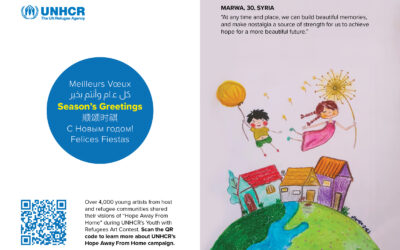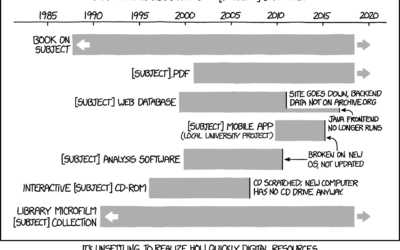Our Latest Articles
Powering UNHCR’s work with solar energy in Mauritania and Nigeria
By Laura Argibay, UNHCR Associate Communications Officer and Anett Varga, UNHCR Associate Programme Officer. Aerial view of rooftop solar panels at UNHCR's Office in Ogoja, Nigeria. © UNHCR/Owoche Igwue UNHCR, the UN Refugee Agency, has about 550 offices around the...
Bridging gaps in accessing Ukraine’s social protection system
A new study on social protection access in Ukraine shows that addressing a few key barriers would greatly benefit eligible recipients.
Seasonal Greetings Across Time: Messages from UNHCR’s Archives
By: Motahareh Mohebi “This is the season for exchanging greetings.” While it is a common practice among organizations, companies, and institutions to send greetings to their colleagues at this time of year—and UNHCR is no exception—some of UNHCR's past greetings, now...
Education as a catalyst for refugee and host community integration in Kenya
Aspirations vs. reality: The benefits of prioritizing education are immense. All children and youth deserve a quality education that matches their aspirations and paves the way for a good future.
Investing in refugees’ self-reliance: a more cost-effective and sustainable response
A new UNHCR-World Bank report highlights the “triple win” created when refugees are allowed to work: increased self-reliance, reduced dependency on aid, and economically strengthened host communities.
A New Discovery Tool for Household Survey Questionnaires on Forced Displacement: Towards Data Quality and Consistency
According to the latest UNHCR Global Trends report, 1.5% of the global population is currently forcibly displaced. Governments across the globe continue to respond to this unprecedented challenge through humanitarian assistance, development programs, and policy frameworks aimed at supporting those affected.
Preserving our digital content to honour the communities we support
By Patricia Sleeman Digital storytelling, such as news pieces, videos, and reports, is an integral part of UNHCR, the UN Refugee Agency’s digital memory. As the content that showcases the stories of the communities we work with and for is primarily held on digital and...
Understanding the new Malian refugees in Mauritania: a path forward amid growing challenges
A deeper understanding of herder families’ specific needs—both refugee and host—as well as the impact of conflict on traditional transhumance movement, is essential to delivering effective services in education, health, and livestock veterinary care.
Key highlights from the latest UNHCR Refugee Education Research Digest
UNHCR’s latest review of refugee education identifies three key areas for transformative progress: strengthening refugee leadership, investing in teachers, and thoughtfully adapting technology to meet the unique needs of refugee students.
Archiving a Cherished Chapter: Celebrating Montserrat’s Retirement at UNHCR
By Motahareh Mohebi[1] “She balances creativity and a positive “can-do” attitude so perfectly.” “Always ambitious and never taking no for an answer.” “Visionnaire, enthousiaste, intelligente, instruite, courageuse, persuasive, positive et tenace, elle a su...
Getting financial service providers “refugee-ready”: four lessons from Uganda
Sida, UNHCR and Grameen Credit Agricole Foundation launched a first-of-its-kind blended finance programme in Uganda. Some key learnings emerged from the successful initiative.
Measuring foundational learning in forced displacement: field insights and lessons from Mexico
Education officers from UNHCR were recently in Tapuchula and Tijuana to assess foundational learning outcomes for forcibly displaced children.












